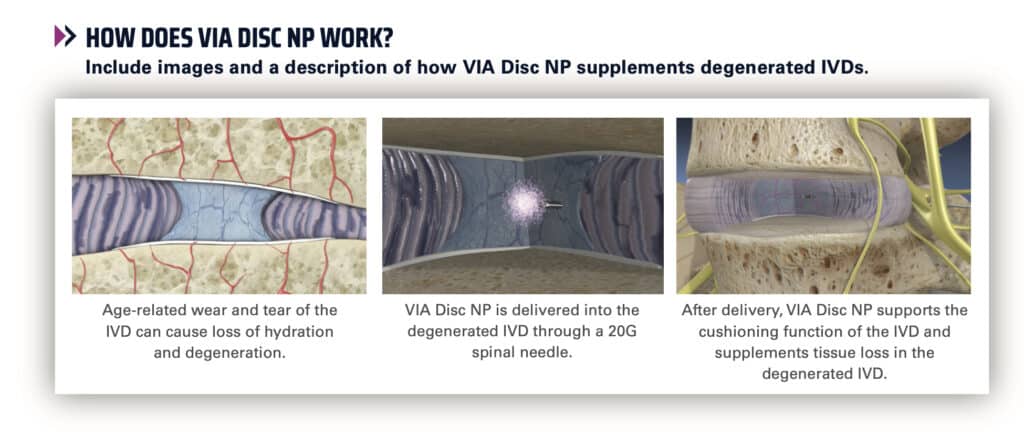Medial Branch Block
Each vertebra in your spine is connected by two facet joints: one on each side. Each facet joint connects to two medial nerves that carry signals, including pain signals, away from the spine to the rest of your body.
If your doctor believes that your back or neck pain originates in your facet joints, he or she can administer a facet joint injection. This nerve block injection can be both diagnostic and therapeutic, since it can confirm whether the facet joints are indeed the source of your pain. If they are, this injection helps relieve the pain and inflammation by temporarily interrupting the nerve signal.
PREPARATION FOR A MEDIAL BRANCH BLOCK
A Medial Branch Block injection usually takes between 15 and 30 minutes. You have to lie flat on your stomach on an X-ray table.
Before the procedure, your doctor numbs your skin where he or she will make the injection. Your doctor uses lidocaine, which is similar to the novocaine that dentists use. Lidocaine is a local anesthetic, numbing only the area where it’s applied. Sedatives are rarely necessary, but if you experience any anxiety about the procedure, your doctor can give you a sedative.
Your doctor uses a fluoroscope, which provides live X-ray images, to guide the needle accurately. Once he or she has the needle where it needs to be, your doctor injects the steroid solution.
Following the injection, you usually will be monitored for 15 to 20 minutes before being discharged to go home. If you had a sedative, you will have to be monitored for a longer period and you may have to arrange for a ride home.
On the day of your epidural steroid injection, you must rest. You typically can resume your normal activities — those that you’ve done the week prior to the epidural injection — the day following your injection.
MORE INFORMATION
For more information about nerve blocks and epidurals, refer to Southeastern Spine Institute’s Block Suite.
Conservative care & rehabilitation (non-surgical procedures)

